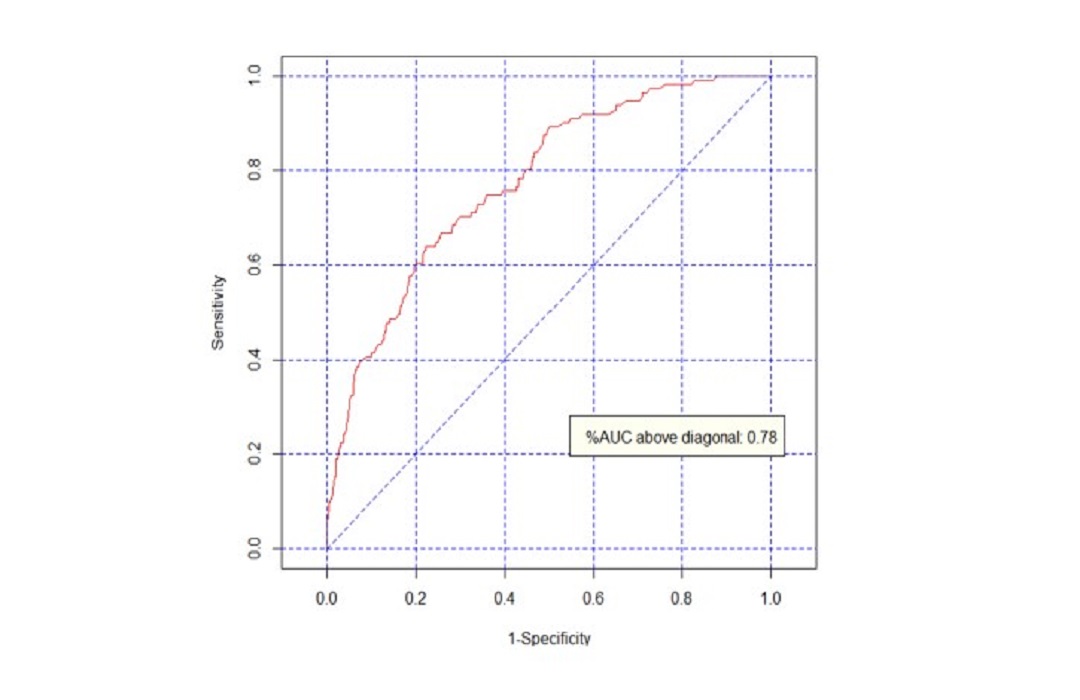Factors Influencing Juvenile Recidivism at Narathiwat Province's Observation and Protection Center
DOI:
https://doi.org/10.69650/ahstr.2024.2584Keywords:
Juvenile, Recidivism, Logistic RegressionAbstract
The purpose of this study was to investigate the factors that contribute to juvenile recidivism at Narathiwat Province's Observation and Protection Centre. The data used are secondary data gathered from the risks and needs assessment from the Juvenile Observation and Protection Centre of Narathiwat province, which was recorded between 2017 and 2021. There are 843 offenses committed by juveniles, and this study compares juvenile recidivism to juvenile non-recidivism. The multiple logistic regression model was applied, and the results showed that the overall proportion of juvenile recidivism is approximately 13.45%. Factors associated with juvenile recidivism include the year of the offence, the month, location, type of litigation, substance abuse history, theft history, and whether the individual has ever run away from home. The model indicates that the juvenile recidivism rate was higher than the overall proportion in 2021, especially during July, August, and September. Additionally, juveniles from rural areas, those who have ever used substances, committed theft, or run away from home are more likely to recidivism. According to the study's findings, to effectively address the issue of juvenile recidivism in Narathiwat Province, organizations and institutions in the community, families and guardians, law enforcement and related legal agencies as well as community members, should collaborate to solve the problem at various levels, focusing on each individual and receiving support from the Observation and Protection Center.
References
Calley, N. G. (2012). Juvenile Offender Recidivism: An Examination of Risk Factors. Journal of Child Sexual Abuse, 21(3), 257–272. https://doi.org/10.1080/10538712.2012.668266
Clarke, D. (2017). The Effect of Risk Factors on Recidivism Among Juveniles from the Perspectives of Juvenile Justice Professionals (Publication No. 3981). [Doctoral dissertations, Walden University]. Walden Dissertations and Doctoral Studies.
Cout of Justice. (2024, August). Annual Report on Judicial Case Statistics for the Year 2020. https://online.flipbuilder.com/rtpv/xzbl
Grunwald, H. E., Lockwood, B., Harris, P. W., & Mennis, J. (2010). Influences of Neighborhood Context, Individual History and Parenting Behavior on Recidivism Among Juvenile Offenders. Journal of Youth and Adolescence, 39(9),1067–1079. https://doi.org/10.1007/s10964-010-9518-5
Mennis, J., & Harris, P. (2011). Contagion and repeat offending among urban juvenile delinquents. Journal of Adolescence, 34(5), 951–963. https://doi.org/10.1016/j.adolescence.2010.12.001
Mulder, E., Brand, E., Bullens, R., & van Marle, H. (2011). Risk factors for overall recidivism and severity of recidivism in serious juvenile offenders. International journal of offender therapy and comparative criminology, 55(1), 118–135. https://doi.org/10.1177/0306624X09356683
Nick, T. G., & Campbell, K. M. (2007). Logistic Regression. Topics in Biostatistics, 404, 273–301. https://doi.org/10.1007/978-1-59745-530-5_14
Panyawong, W., Sukhatunga, K., & Kunarak, G. (2008). Factors Influencing Recidivism of Juvenile Delinquents. Journal of Psychiatric Association of Thailand, 53(3), 271-283.
Suksai, T., Khovasin, C., Woklang, W., & Thai Keaw, T. (2017). Factors Influencing Repeated Offenses Committed by Adolescents in Thai Society. Ph.D. in Social Sciences Journal, 2(3), 8–19. https://so05.tci-thaijo.org/index.php/phdssj/article/view/74664
Sumsiripong, P. (2018). Juvenile Offender in Narcotic Cases. Pranakhon Si Ayutthaya Rajabhat University Research Journal, 5(3), 23-30.
Thailand Institute of Justices. (2021). Dealing with COVID-19, impacts and global crime trends, major obstacles to achieving sustainable development goals. The 18th National Symposium on Justice Administration, 13-14 May 2021, Bangkok.
Tongkumchum, P., & McNeil, D. (2009). Confidence intervals using contrasts for the regression model. Songklanakarin Journal of Science and Technology, 31(2), 151–156.
Van der Put, C. E., Stams, G. J., Hoeve, M., Deković, M., Spanjaard, H. J., Van der Laan, P. H., & Barnoski, R. P. (2012). Changes in the relative importance of dynamic risk factors for recidivism during adolescence. International Journal of Offender Therapy and Comparative Criminology, 56(2), 296–316. https://doi.org/10.1177/0306624X11398462
Vannan, K. (2021). Examining Risk Factors of Juvenile Delinquency and the Predictive Validity of a Juvenile Risk Assessment Instrument Across Urban and Rural Communities [Doctoral Dissertations, University of Central Florida]. Electronic Theses and Dissertations.
Yodpanya, W. (2024). Development of Laws and Cooperation Between the Public and Private Sectors in Preventing and Solving Problems of Repeat Offenses of Children and Youth in Drug Cases. Journal of Criminology and Forensic Science, 9(2), 78-99.

Downloads
Published
How to Cite
Issue
Section
License
Copyright (c) 2024 Asian Health, Science and Technology Reports

This work is licensed under a Creative Commons Attribution-NonCommercial 4.0 International License.













